

| Cruise Region :
Aegean Sea Europe Europe South Mediterranean Sea |
| Company Category : Standard |
| Company name : Celestyal Cruises |
| Ship name : Celestyal Crystal |
| Journey Start Date : Sat 08 Apr 2023 |
| Journey End Date : Sat 22 Apr 2023 |
| Port start : Piraeus (Athens) / Greece |
| Port end : Piraeus (Athens) / Greece |
| Count Nights : 14 nights |
| Day | Port | Date | Arrival | Departure |
|---|---|---|---|---|
| 1 | Piraeus (Athens) / Greece | Sat 08 Apr | 15:00 | |
| 2 | Istanbul / Turkey | Sun 09 Apr | 15:00 | |
| 3 | Istanbul / Turkey | Mon 10 Apr | 18:00 | |
| 4 | Kavala / Greece | Tue 11 Apr | 11:00 | 20:00 |
| 5 | Thessaloniki / Greece | Wed 12 Apr | 08:00 | 19:00 |
| 6 | Volos / Greece | Thu 13 Apr | 08:00 | 18:30 |
| 7 | Santorini, Cyclades / Greece | Fri 14 Apr | 09:00 | 20:00 |
| 8 | Piraeus (Athens) / Greece | Sat 15 Apr | 07:00 | 17:00 |
| 9 | Thessaloniki / Greece | Sun 16 Apr | 10:00 | 19:00 |
| 10 | Mykonos / Greece | Mon 17 Apr | 13:00 | 21:00 |
| 11 | Rhodes / Greece | Tue 18 Apr | 09:00 | 18:00 |
| 12 | Santorini, Cyclades / Greece | Wed 19 Apr | 16:30 | |
| 12 | Heraklion / Greece | Wed 19 Apr | 07:00 | 12:00 |
| 13 | Santorini, Cyclades / Greece | Thu 20 Apr | 08:00 | |
| 13 | Mykonos / Greece | Thu 20 Apr | 08:00 | |
| 14 | Mykonos / Greece | Fri 21 Apr | 02:00 | |
| 14 | Milos Milos / Greece | Fri 21 Apr | 09:00 | 19:00 |
| 15 | Piraeus (Athens) / Greece | Sat 22 Apr | 07:00 |
| Build Year : 1980 |
| Renew Year : 2016 |
| Width : 26.00 |
| Length : 162.00 |
| Speed : 18.00 |
| Capacity : 1199 |
| Deck Quantity : 10 |
| Cabin Quantity : 476 |

Piraeus is the gateway to Athens , which, in turn, is rightfully considered the center of the centers of the whole world, with the main attraction - the acropolis. Piraeus is an old port city serving the port of Athens, the largest port in Greece to date. Piraeus is part of the great Athens, which boasts an abundance of attractions, including unique monuments of national fine art. More than two hundred museums and galleries, including the University History Museum, the Ceramics Archaeological Museum and many others, will hospitably welcome you within their walls and familiarize themselves with the culture of this area.
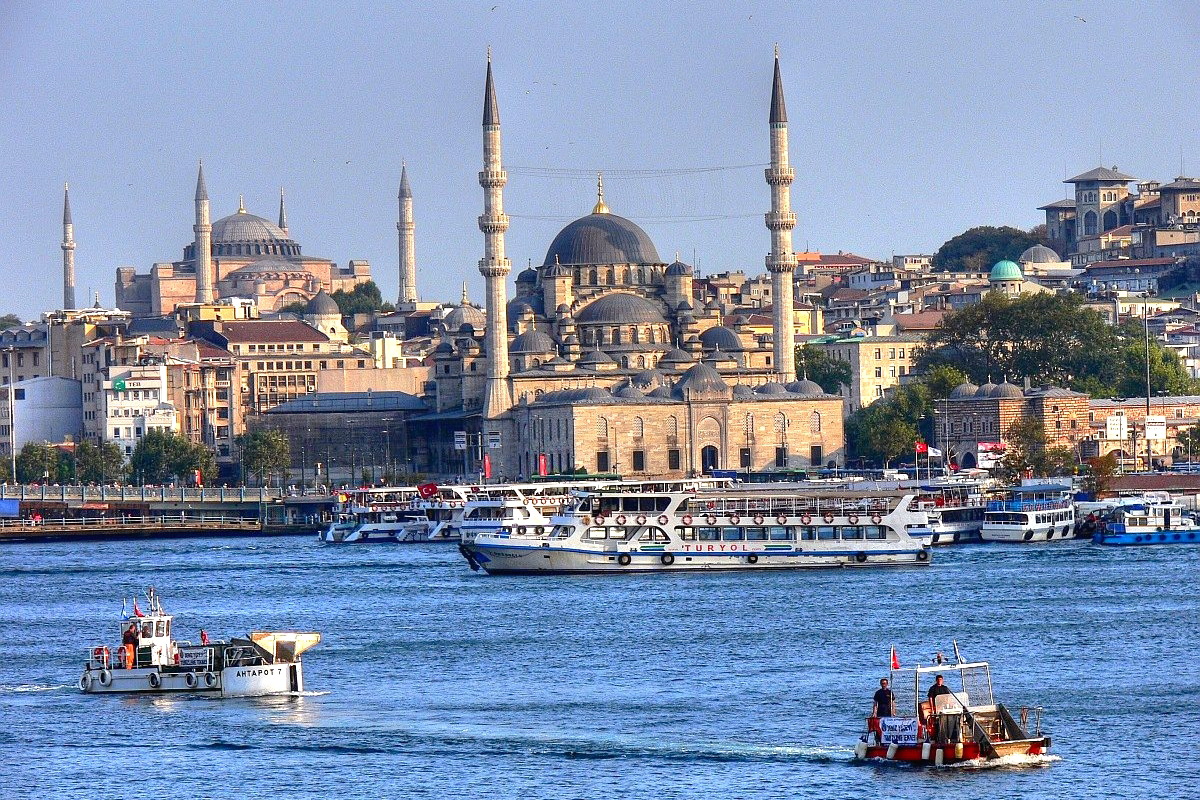
Стамбул — самый крупный город Турции, расположился на берегах залива Босфор. До 1930 года город имел название Константинополь и был столицей таких великих империй как: Римская, Византийская, Литинская и Османская. На территории города и в его окрестностях сохранились постройки древних цивилизаций, исторических памятников архитектуры и другие важные достопримечательности.
Сегодня Стамбул является важным культурным, торговым и промышленным центром страны. Туристы приезжают сюда не только чтобы посмотреть на храмы, дворцы, парковые ансамбли, музеи и крепости, но и для того чтобы скупится на известных турецких рынках и базарах, которые известны по всему миру. Здесь можно приобрести хорошие поделки известных брендов, пестрые кальяны, душистые специи, ювелирные изделия и предметы старины, а также всласть поторговаться.

Стамбул — самый крупный город Турции, расположился на берегах залива Босфор. До 1930 года город имел название Константинополь и был столицей таких великих империй как: Римская, Византийская, Литинская и Османская. На территории города и в его окрестностях сохранились постройки древних цивилизаций, исторических памятников архитектуры и другие важные достопримечательности.
Сегодня Стамбул является важным культурным, торговым и промышленным центром страны. Туристы приезжают сюда не только чтобы посмотреть на храмы, дворцы, парковые ансамбли, музеи и крепости, но и для того чтобы скупится на известных турецких рынках и базарах, которые известны по всему миру. Здесь можно приобрести хорошие поделки известных брендов, пестрые кальяны, душистые специи, ювелирные изделия и предметы старины, а также всласть поторговаться.

Кавала - крупный живописный греческий город на берегу Эгейского моря. С высоты птичьего полета кажется, что синие воды обрамляет мраморный амфитеатр - так расположились уютные домики жителей Кавалы. Природная красота, архитектурное изящество и дошедшая до наших дней самобытная культура - все это ждет вас в этом удивительном уголке на родине Олимпийских игр.
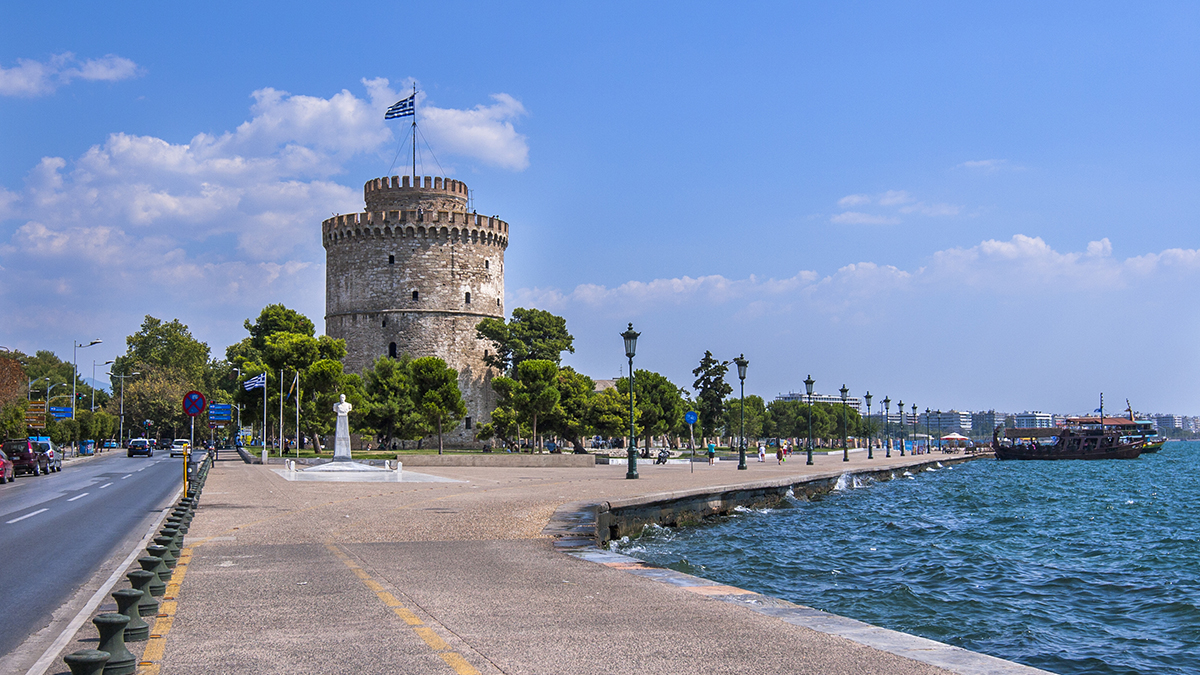
Второй по величине город Греции и столица Центральной Македонии Салоники (по-гречески правильнее «Фессалоники») сегодня — это культурная столица страны: город известен своими фестивалями и мероприятиями. Кроме того, это еще и город с более чем 3000-летней историей, где сохранились отпечатки Римской, Византийской, Оттоманской империй, а также когда-то доминировавшего здесь иудейского населения. Старый центр города, расположенный к северу от современного центра, чудом не пострадал при великом пожаре 1917 г. Ныне он внесен в Список всемирного наследия ЮНЕСКО.
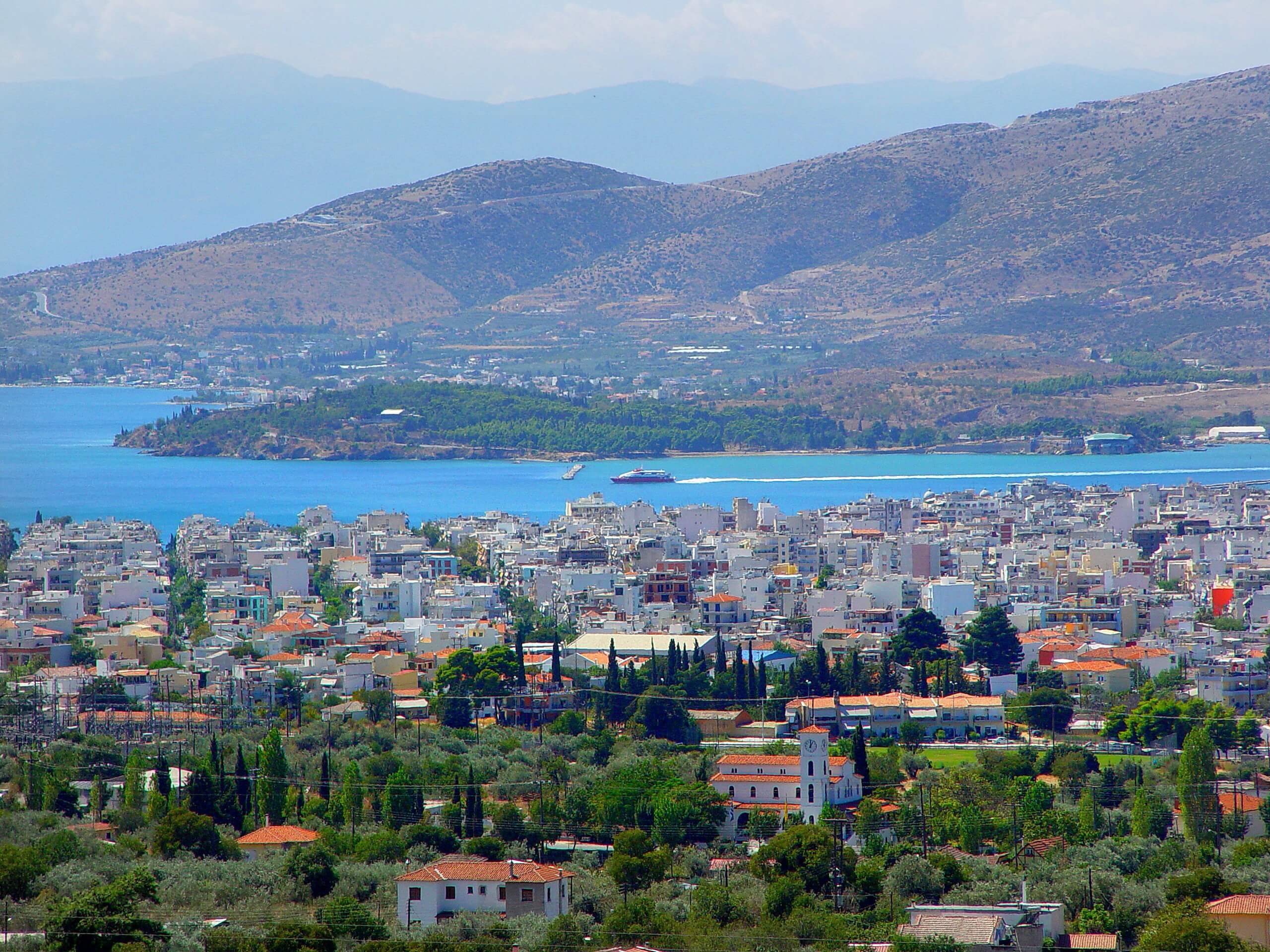
Volos (Greek: Βόλος) is a coastal port city in Thessaly situated midway on the Greek mainland, about 330 kilometres (205 miles) north of Athens and 220 kilometres (137 miles) south of Thessaloniki. It is the capital of the Magnesiaregional unit. Volos is the only outlet to the sea from Thessaly, the country's largest agricultural region. With a population of 144,449 (2011), it is an important industrial centre, while its port provides a bridge between Europe, the Middle East and Asia.
Volos is the newest of the Greek port cities, with a large proportion of modern buildings erected following the catastrophic earthquakes of 1955. It includes the municipal units of Volos, Nea Ionia and Iolkos, as well as smaller suburban communities. The economy of the city is based on manufacturing, trade, services and tourism. Home to the University of Thessaly, the city also offers facilities for conferences, exhibitions and major sporting, cultural and scientific events. Volos participated in the 2004 Olympic Games, and the city has since played host to other athletic events, such as the European Athletic Championships. Volos hosted the 7th International Olympiad on Astronomy and Astrophysics from 27 July to 5 August 2013.
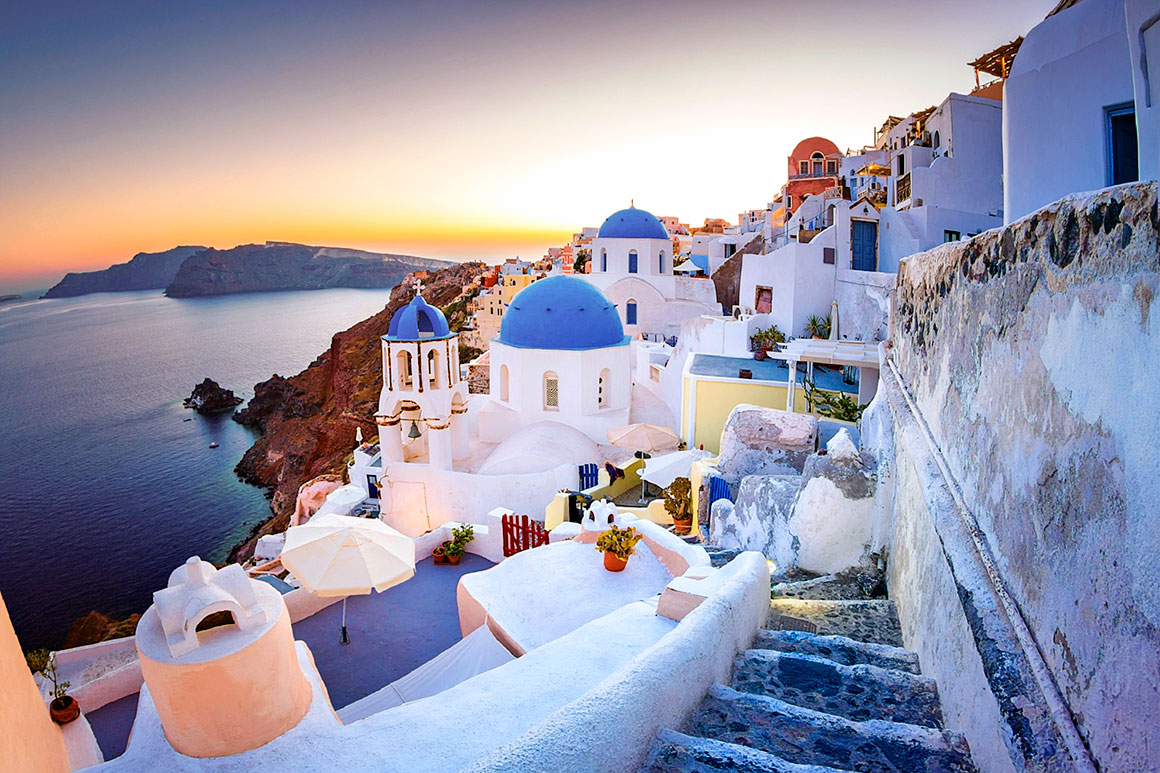
Santorini, classically Thera, and officially Thira, is an island in the southern Aegean Sea, about 200 km (120 mi) southeast of Greece's mainland. It is the largest island of a small, circular archipelago, which bears the same name and is the remnant of a volcanic caldera. It forms the southernmost member of the Cyclades group of islands, with an area of approximately 73 km2 (28 sq mi) and a 2011 census population of 15,550. The municipality of Santorini includes the inhabited islands of Santorini and Therasia and the uninhabited islands of Nea Kameni, Palaia Kameni, Aspronisi, and Christiana. The total land area is 90.623 km2 (34.990 sq mi).Santorini is part of the Thira regional unit.
The island was the site of one of the largest volcanic eruptions in recorded history: the Minoan eruption(sometimes called the Thera eruption), which occurred about 3,600 years ago at the height of the Minoan civilization. The eruption left a large caldera surrounded by volcanic ash deposits hundreds of metres deep. It may have led indirectly to the collapse of the Minoan civilization on the island of Crete, 110 km (68 mi) to the south, through a gigantic tsunami. Another popular theory holds that the Thera eruption is the source of the legend of Atlantis.
It is the most active volcanic centre in the South Aegean Volcanic Arc, though what remains today is chiefly a water-filled caldera. The volcanic arc is approximately 500 km (310 mi) long and 20 to 40 km (12 to 25 mi) wide. The region first became volcanically active around 3–4 million years ago[citation needed], though volcanism on Thera began around 2 million years ago with the extrusion of dacitic lavas from vents around the Akrotiri.

Piraeus is the gateway to Athens , which, in turn, is rightfully considered the center of the centers of the whole world, with the main attraction - the acropolis. Piraeus is an old port city serving the port of Athens, the largest port in Greece to date. Piraeus is part of the great Athens, which boasts an abundance of attractions, including unique monuments of national fine art. More than two hundred museums and galleries, including the University History Museum, the Ceramics Archaeological Museum and many others, will hospitably welcome you within their walls and familiarize themselves with the culture of this area.

Второй по величине город Греции и столица Центральной Македонии Салоники (по-гречески правильнее «Фессалоники») сегодня — это культурная столица страны: город известен своими фестивалями и мероприятиями. Кроме того, это еще и город с более чем 3000-летней историей, где сохранились отпечатки Римской, Византийской, Оттоманской империй, а также когда-то доминировавшего здесь иудейского населения. Старый центр города, расположенный к северу от современного центра, чудом не пострадал при великом пожаре 1917 г. Ныне он внесен в Список всемирного наследия ЮНЕСКО.
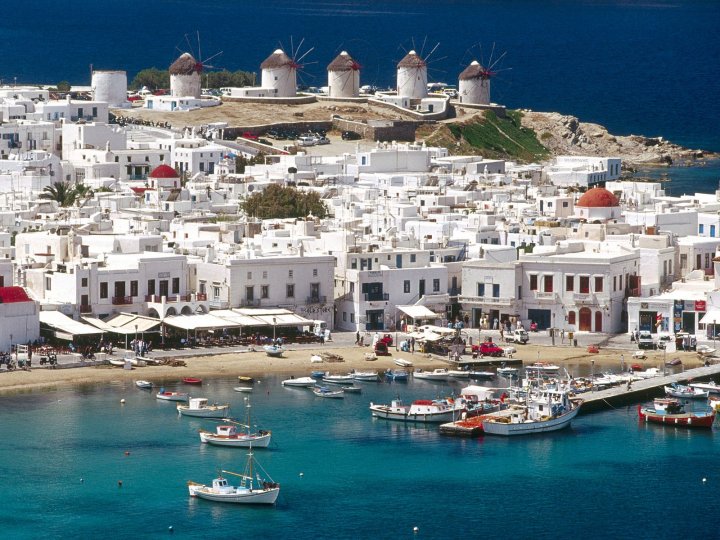
Mykonos is a Greek island, part of the Cyclades, lying between Tinos, Syros, Paros and Naxos. The island spans an area of 85.5 square kilometres (33.0 sq mi) and rises to an elevation of 341 metres (1,119 feet) at its highest point. There are 10,134 inhabitants (2011 census), most of whom live in the largest town, Mykonos, which lies on the west coast. The town is also known as Chora (i.e. the Town in Greek, following the common practice in Greece when the name of the island itself is the same as the name of the principal town).
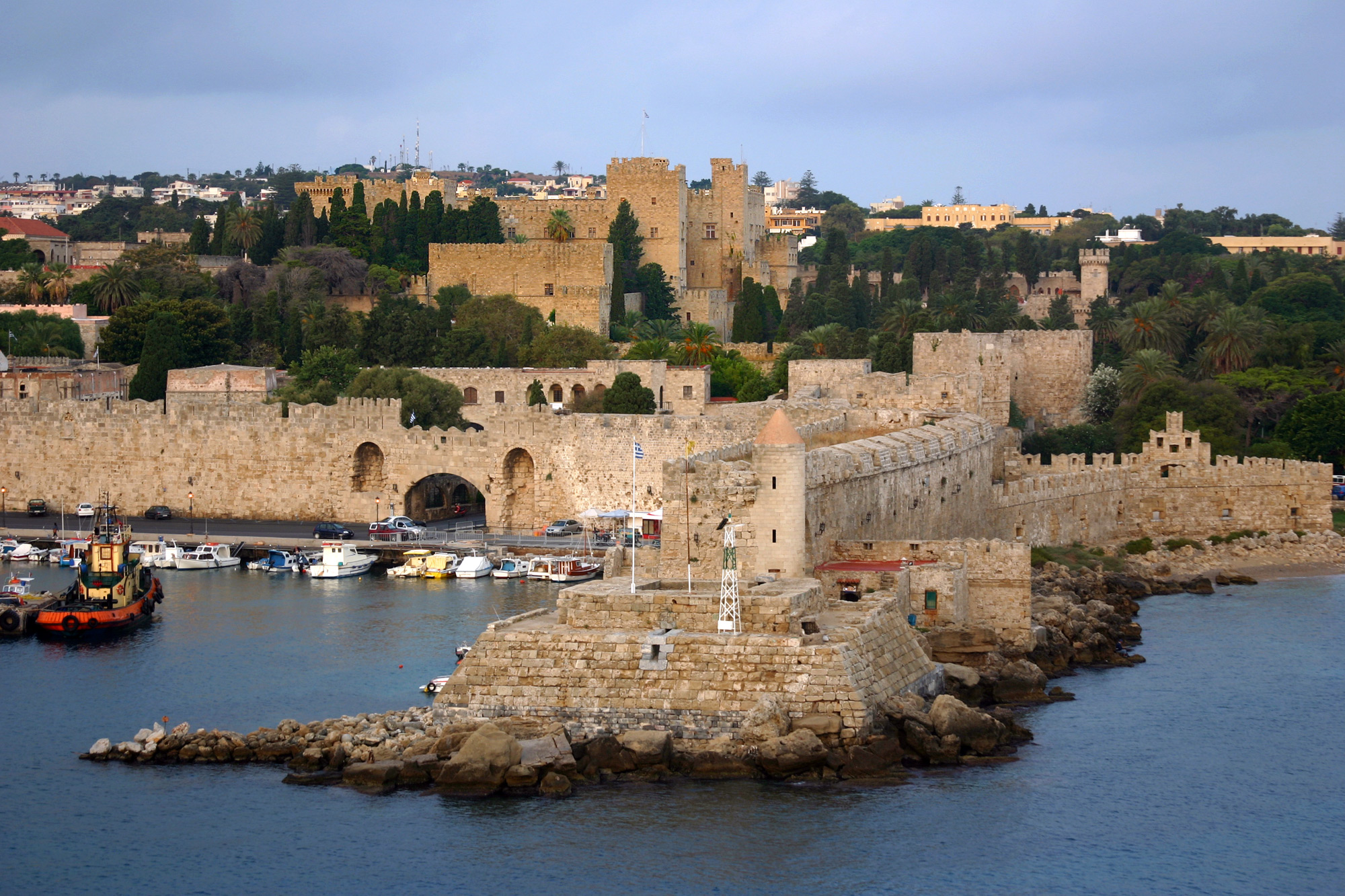
Rhodes is the largest of the Dodecanese islands of Greece and is also the island group's historical capital. Administratively the island forms a separate municipality within the Rhodes regional unit, which is part of the South Aegean administrative region. The principal town of the island and seat of the municipality is Rhodes. The city of Rhodes had 50,636 inhabitants in 2011. It is located northeast of Crete, southeast of Athens and just off the Anatolian coast of Turkey. Rhodes' nickname is The island of the Knights, named after the Knights of Saint John of Jerusalem, who once conquered the land.
Historically, Rhodes was famous worldwide for the Colossus of Rhodes, one of the Seven Wonders of the Ancient World. The Medieval Old Town of the City of Rhodes has been declared a World Heritage Site. Today, it is one of the most popular tourist destinations in Europe. The name of the U.S. state of Rhode Island is thought to be based on this island.

Santorini, classically Thera, and officially Thira, is an island in the southern Aegean Sea, about 200 km (120 mi) southeast of Greece's mainland. It is the largest island of a small, circular archipelago, which bears the same name and is the remnant of a volcanic caldera. It forms the southernmost member of the Cyclades group of islands, with an area of approximately 73 km2 (28 sq mi) and a 2011 census population of 15,550. The municipality of Santorini includes the inhabited islands of Santorini and Therasia and the uninhabited islands of Nea Kameni, Palaia Kameni, Aspronisi, and Christiana. The total land area is 90.623 km2 (34.990 sq mi).Santorini is part of the Thira regional unit.
The island was the site of one of the largest volcanic eruptions in recorded history: the Minoan eruption(sometimes called the Thera eruption), which occurred about 3,600 years ago at the height of the Minoan civilization. The eruption left a large caldera surrounded by volcanic ash deposits hundreds of metres deep. It may have led indirectly to the collapse of the Minoan civilization on the island of Crete, 110 km (68 mi) to the south, through a gigantic tsunami. Another popular theory holds that the Thera eruption is the source of the legend of Atlantis.
It is the most active volcanic centre in the South Aegean Volcanic Arc, though what remains today is chiefly a water-filled caldera. The volcanic arc is approximately 500 km (310 mi) long and 20 to 40 km (12 to 25 mi) wide. The region first became volcanically active around 3–4 million years ago[citation needed], though volcanism on Thera began around 2 million years ago with the extrusion of dacitic lavas from vents around the Akrotiri.

Heraklion or Heraclion is the largest city and the administrative capital of the island of Crete. It is the fourth largest city in Greece. According to the results of the 2011 census, the population of the city proper was 166,209 inhabitants, the municipality's was 173,993 while the Heraklion urban area has a population of 225,574 and it extends over an area of 684.3 km2 (264.2 sq mi).
Heraklion is the capital of Heraklion regional unit.
The Bronze Age palace of Knossos, also known as the Palace of Minos, is located nearby.

Santorini, classically Thera, and officially Thira, is an island in the southern Aegean Sea, about 200 km (120 mi) southeast of Greece's mainland. It is the largest island of a small, circular archipelago, which bears the same name and is the remnant of a volcanic caldera. It forms the southernmost member of the Cyclades group of islands, with an area of approximately 73 km2 (28 sq mi) and a 2011 census population of 15,550. The municipality of Santorini includes the inhabited islands of Santorini and Therasia and the uninhabited islands of Nea Kameni, Palaia Kameni, Aspronisi, and Christiana. The total land area is 90.623 km2 (34.990 sq mi).Santorini is part of the Thira regional unit.
The island was the site of one of the largest volcanic eruptions in recorded history: the Minoan eruption(sometimes called the Thera eruption), which occurred about 3,600 years ago at the height of the Minoan civilization. The eruption left a large caldera surrounded by volcanic ash deposits hundreds of metres deep. It may have led indirectly to the collapse of the Minoan civilization on the island of Crete, 110 km (68 mi) to the south, through a gigantic tsunami. Another popular theory holds that the Thera eruption is the source of the legend of Atlantis.
It is the most active volcanic centre in the South Aegean Volcanic Arc, though what remains today is chiefly a water-filled caldera. The volcanic arc is approximately 500 km (310 mi) long and 20 to 40 km (12 to 25 mi) wide. The region first became volcanically active around 3–4 million years ago[citation needed], though volcanism on Thera began around 2 million years ago with the extrusion of dacitic lavas from vents around the Akrotiri.

Mykonos is a Greek island, part of the Cyclades, lying between Tinos, Syros, Paros and Naxos. The island spans an area of 85.5 square kilometres (33.0 sq mi) and rises to an elevation of 341 metres (1,119 feet) at its highest point. There are 10,134 inhabitants (2011 census), most of whom live in the largest town, Mykonos, which lies on the west coast. The town is also known as Chora (i.e. the Town in Greek, following the common practice in Greece when the name of the island itself is the same as the name of the principal town).

Mykonos is a Greek island, part of the Cyclades, lying between Tinos, Syros, Paros and Naxos. The island spans an area of 85.5 square kilometres (33.0 sq mi) and rises to an elevation of 341 metres (1,119 feet) at its highest point. There are 10,134 inhabitants (2011 census), most of whom live in the largest town, Mykonos, which lies on the west coast. The town is also known as Chora (i.e. the Town in Greek, following the common practice in Greece when the name of the island itself is the same as the name of the principal town).
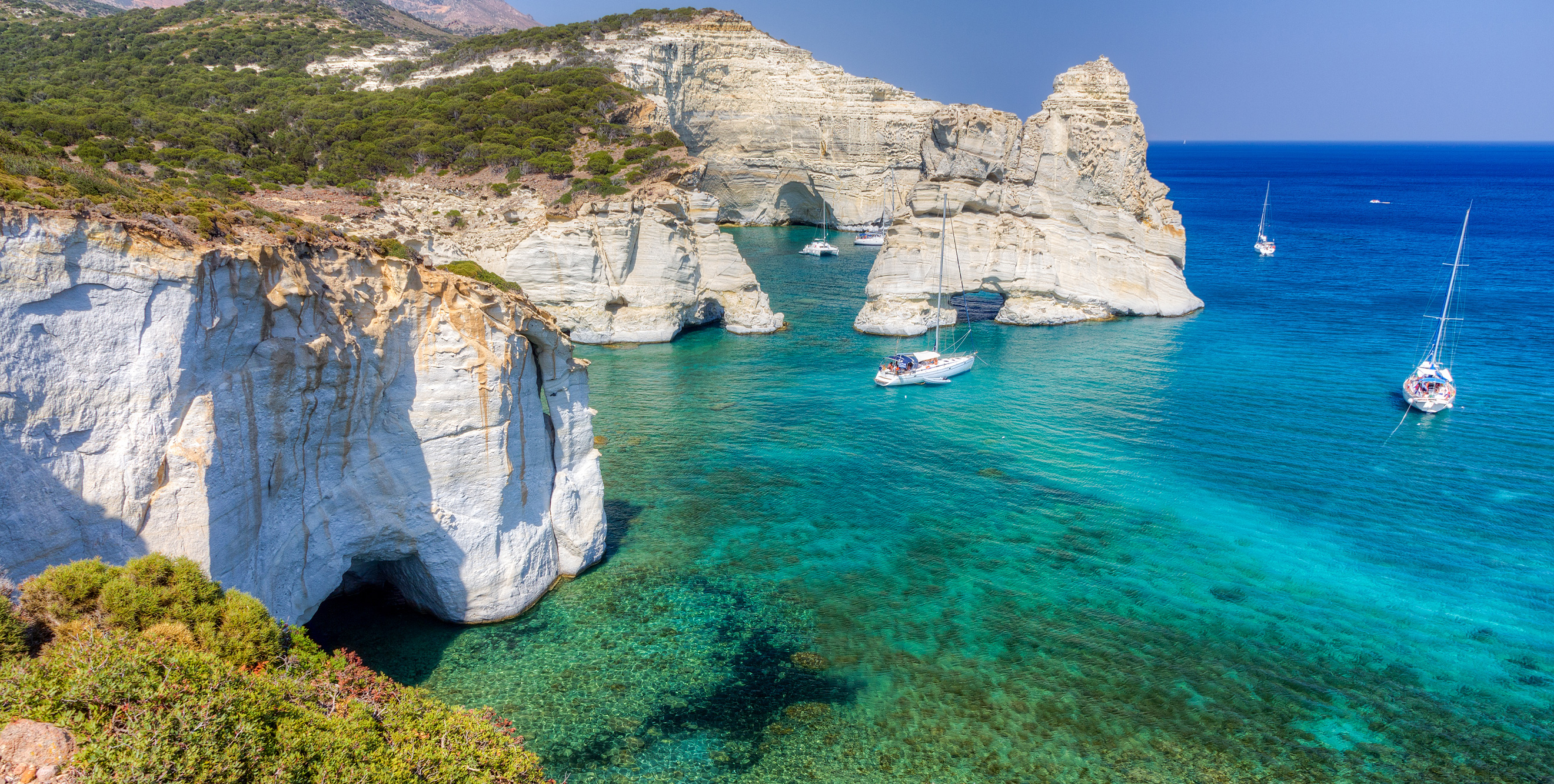
Милос, самый южный остров Западных Киклад, выделяется своим вулканическим ландшафтом, а также богатыми полезными ископаемыми недрами. Милос славится своим кружевным побережьем, с более чем 75 пляжами, с кристально чистой водой ярко-голубого цвета и красочными монументальными скалами.
Благодаря вулканическому происхождению, Милос впечатляет ландшафтом и разнообразием пляжей. Здесь по соседству могут находится пляжи с белоснежными песком и заливы с галькой, окруженные белыми, красными, желтыми и даже черными скалами.
Слава острова распространилась по всему свету благодаря обнаруженной здесь в XIX в. статуе Афродиты - шедевру, находящемуся в настоящее время в Лувре. Главный порт, Адамас, с одной из наиболее надёжных в Эгейском море естественных бухт, - живописный городок с мощёными плитами улочками, белоснежными побелёнными домиками с утопающими в цветах балкончиками и воспетыми поэтами благоухающими кустами «армирикья» (солянки). Рекомендуем здесь посетить музей металлов с богатой экспозицией полезных ископаемых острова.

Piraeus is the gateway to Athens , which, in turn, is rightfully considered the center of the centers of the whole world, with the main attraction - the acropolis. Piraeus is an old port city serving the port of Athens, the largest port in Greece to date. Piraeus is part of the great Athens, which boasts an abundance of attractions, including unique monuments of national fine art. More than two hundred museums and galleries, including the University History Museum, the Ceramics Archaeological Museum and many others, will hospitably welcome you within their walls and familiarize themselves with the culture of this area.